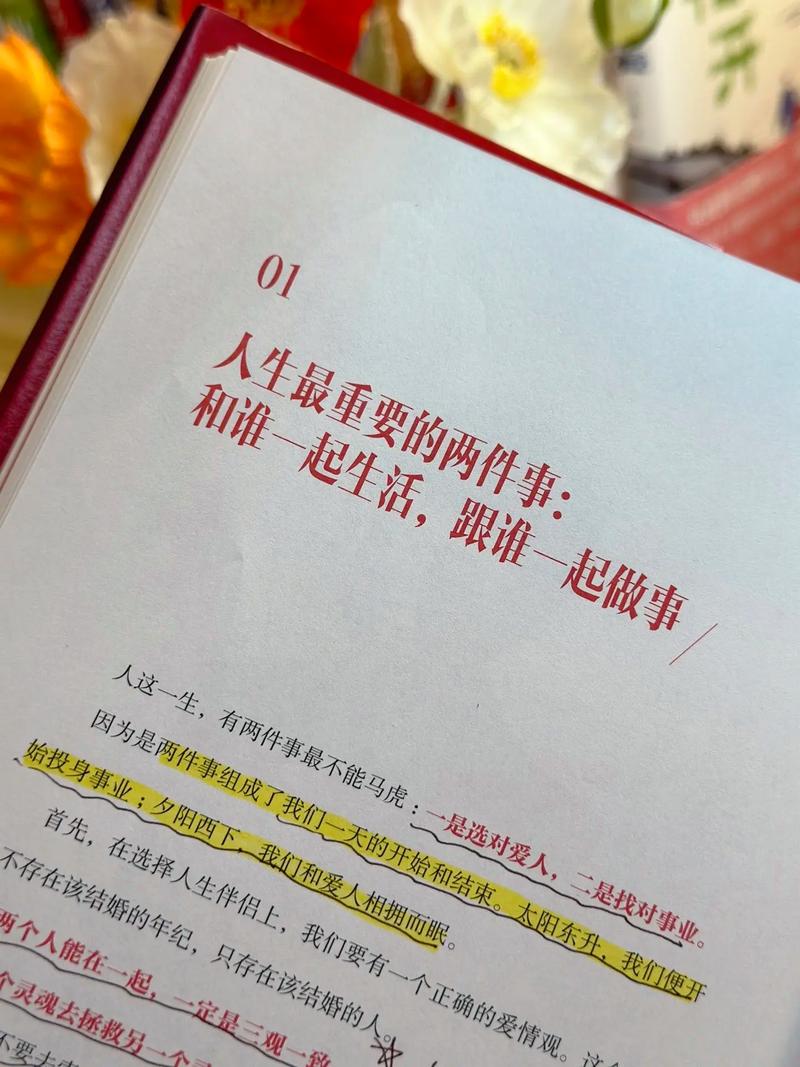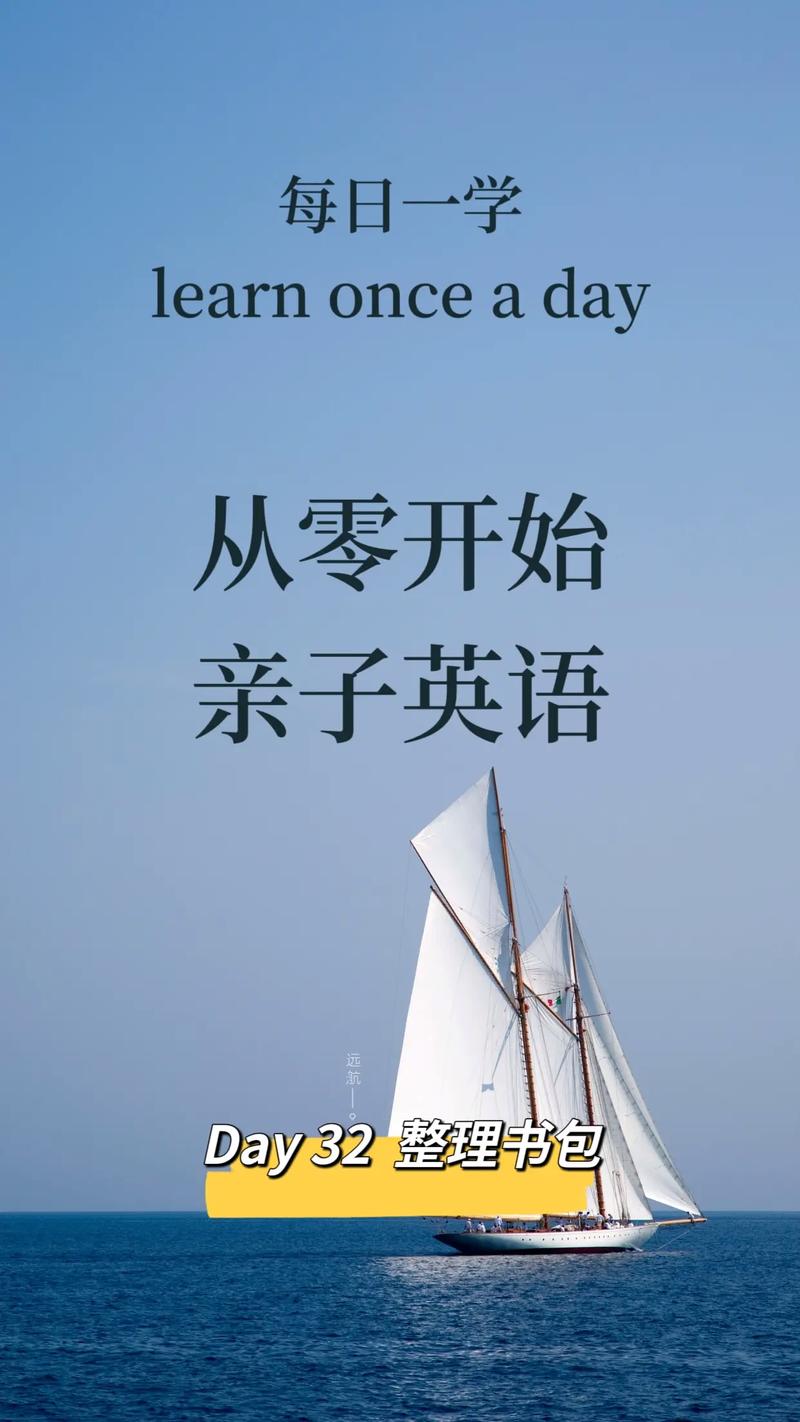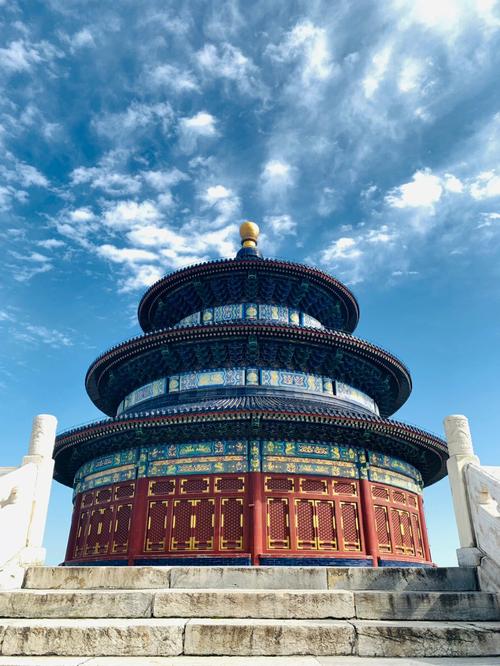北京人遗址英文介绍
Peking Man was discovered in Zhoukoudian village, on the Longgu Mountain, Fangshan district, Beijing, which was listed as a world cultural heritage site in 1987. In the 1920s archaeologists discovered a complete skull of an ape-man dating back 600,000 years which was later named as Peking Man. Stone tools and evidence of Peking Man's use of fire were later found on the mountain. Studies have shown that Peking Man walked on his feet and lived 690,000 years ago. His society lived in groups in caves and survived by hunting. The group could make use of rough stone tools and knew how to use fire for heating and cooking.
The discovery included six complete skulls of Peking Man, 12 skull fragments, 15 mandibles(1), 157 teeth and some sections of broken femur(2), shinbone(3), and upper arm bones belonging to more than 40 individuals of different ages and sexes. In addition 100,000 fragments of stone tools were found together with sites used for fire and burnt bones and stones.
Peking Man created a unique Old Stone Culture which had much influence to the Old Stone Culture of north China. Stone tools are the principal relics of this remote culture. Also discovered in Zhoukoudian are stone points, a new production tool then, and bone articles made and used by Peking Man. Found in the caves were such tools as the larger end of an antler that had been used as a hammer and the sharp end of an antler used as a digging tool.
The use of fire was a milestone of the development of civilization and the discovery of Peking Man has pushed back the time that man first used it by tens of thousands of years. The largest ash pile discovered in the caves is six meters thick. Fire allowed people to eat cooked food instead of raw food and promoted the development of the brain and improved health. With his rough tools and simple living conditions Peking man created a unique and very ancient culture.
Included in the UNESCO(4) world heritage list in 1987.
Notes:
1. mandible 下鄂骨
2. femur 大腿骨
3. shinbone 胫骨
4. UNESCO 联合国教科文组织(United Nationals Educational, Scientific and Cultural Organization)









 扫一扫支付
扫一扫支付


